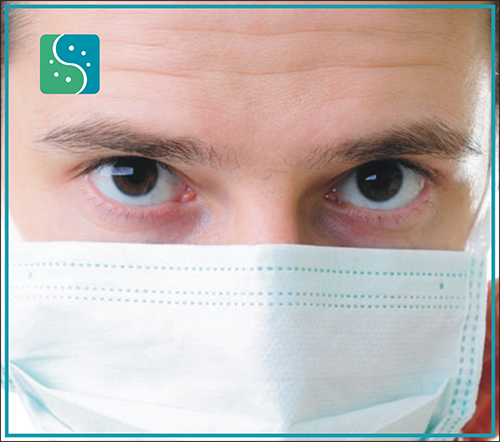UPPER RESPIRATORY TRACT INFECTION (URI) affects the nasal passages and throat. It can cause a cough, excess mucus, and other symptoms.
Upper respiratory tract infection occurs when a virus or bacteria enter the body, usually through the mouth or nose. The infection may pass to another person through touch or a sneeze or cough. The treatment is usually simple unless a person also has a chronic respiratory condition, such as asthma.
Adults tend to get between two and three URIs per year.Children, especially young children, may have more of these infections, because their immune systems are still developing.
Typically, a URI lasts 7-10 days, and sometimes, up to 3 weeks. In some cases, these infections develop into more serious issues, such as sinus infections or pneumonia.
Homoeopathy helps to cure the diseases by boosting the body’s own immune system. Every individual is different in their physical level, mental level, and in emotional level. All people do not react in the equal way to a stress. The strength of the immune system to fight for a disease varies from person to person. Similarly also all people do not react on the equal way for a particular disease. Therefore, to strengthen the immune system of a patient it is required to take the detailed case history in homoeopathic way and to select or diagnose the specific set of medicines for that patient and if given that can be helpful to boost his / her immune system to eradicate the disease naturally. Homoeopathic medications have a positive effect in reducing the number of attacks of respiratory infections, less antibiotic usage, well tolerability and good compliance in comparison to conventional treatment. Complex homoeopathic medicine showed a promising role in combating respiratory infections.
Upper Respiratory Tract infections affect your sinuses and throat. Upper respiratory infections include:
Doctor may diagnose the infection based on a physical exam and your symptoms. They’ll look in your nose, ears and throat and listen to your chest to examine your breathing. You often don’t need other tests.
If the doctor is concerned you may have a lung infection or another infection, you may need

Practice good hygiene
Live a healthy lifestyle
Most of the time, these infections go away on their own. You’ll likely make a full recovery. However, some higher-risk groups should take extra precautions when it comes to upper respiratory infections. These infections can be more dangerous for:
Influenza, or the flu, isn’t considered an upper respiratory infection. URI is systemic i.e. it affects more than one system in the body. It usually affects the upper and lower respiratory system. The cold and flu have similar symptoms.
Respiratory infections are common in children. They happen more often when children are in day-care or school. Siblings can infect each other as well. It’s normal for kids to have up to six respiratory infections per year. And they can last up to two weeks. Most of the time, at-home remedies are enough to help your child feel better until the virus passes.
Most of the time, viruses cause upper respiratory tract infections. Viruses don’t respond to antibiotics. You can most likely treat the symptoms at home through pain relievers, rest and drinking fluids.